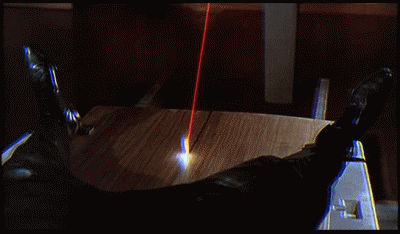steve_1979 said:
shadders said:
quick reply, no link stating he can hear better than 44.1kHz/16bit, but magazine reviews and forum discussions have referenced this. I accept he is being honest.
So apart from a hifi magazine article and forum discussions, neither of which you can provide a link for, do you have any sources that show tests where humans can hear better than what 16/44 provides?
shadders said:
For the mathematical aspect, quoting papers out of context is not acceptable. I would expect someone that references requests for PhD papers etc., to have the capability to understand the detail and be fully conversant with the mathematics.
You don't need to understand the exact details of all the mathermatics involved. We can safely assume with a reasonably high level or confidence that academic papers such as the types I mentioned can be trusted to be correct provided that they've been peer reviewed.
You don't need to read every page and understand every bit of the mathematics involved. You only need to read the 'abstract' which will give you a brief summary of the methodology, results and conclusions. That is all the the layperson like yourself or myself needs (unless you intend to go to university and get a high enough level of education in this field to get a job in the digital audio research/design industry).
shadders said:
With regards to dithering - I am requesting that you state why it is used, and not just a statement it is used because it helps. That is, what effect is it negating for it to be of a benefit?
I would only be repeating what I've read on the internet. Rather than wasting time rewording what I've read would you like me to copy and paste you a description explaining how dithering works?
It's probably easier for anyone who's interested to just Google dithering and read up on it themselves like I did.
Hi,
Agreed, I do not have the links or proof that professional people in the industry can hear the difference.
With regards to understanding the mathematics, reading the abstract allows one to determine the papers details from a top level approach, but unless you understand the detail, the true meaning will not be understood. Your quotation of abstracts and admission that you do not understand the mathematics indicates that you cannot understand the impact of what you have read in the abstract.
With regards to dithering, again, you have not answered the question.
I am asking you specifically to state why dithering is used within the audio industry.
Again, if -96dB is below human hearing, and dithering affects only the LSB, why does the industry use it?
What effect is being negated by dithering?
All you are quoting is that human hearing cannot hear signal levels at -96dB based on abstracts of papers.
Please answer the question - WHY is dithering added to audio, not what the effect is of applying dithering.
Thanks and regards,
Shadders.


